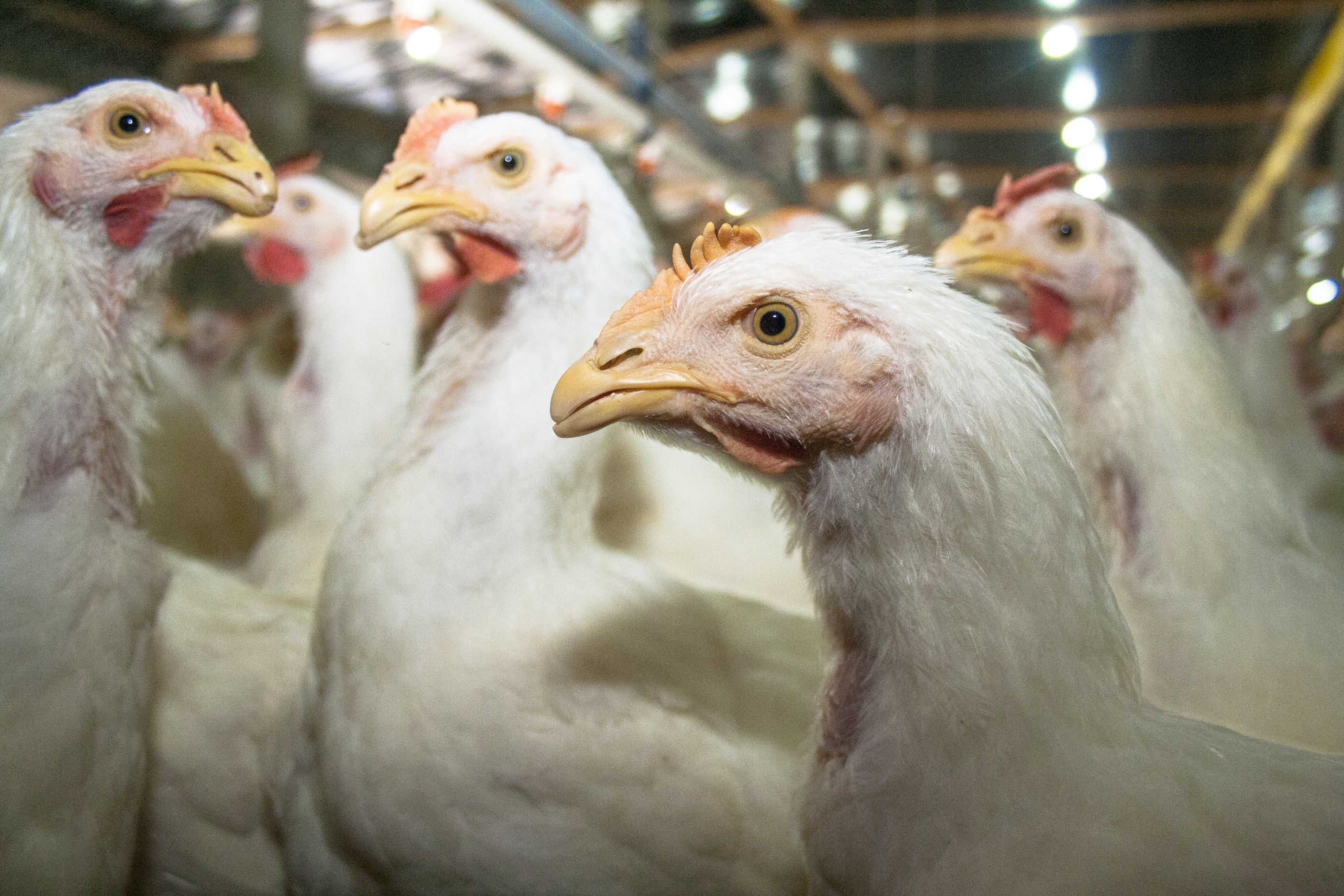Game on: Feed revolution roars ahead
August 31, 2016



Today’s livestock operations have embraced a broader view of their role in food production -- accepting the challenge to adapt to change, advance sustainability and drive innovation. They are taking steps to produce more efficiently and profitably, enhance animal care and welfare, get more mileage out of feed, reduce reliance on antimicrobials and more.
Advances in the world of animal nutrition and feed technology are helping them step up their game to accomplish these goals.
Here are examples of the key developments to watch.
A driving force is the shifting demand toward alternative feed supplements, as industry adapts to new rules for more limited and judicious use of traditional options such as antimicrobials.
Combined with stricter rules for traditional tools, there is more scrutiny and expectations of on-farm practices across the board. As a result, natural or 'bio-based' options are on the rise as a "best of both worlds' supplement category that meets on farm needs and also fits the new expectations.
Science advancements have taken a major step forward to support this shift, in line with today’s sustainability demands, bringing more options for feedmills, producers, nutritionists and others in industry, to get more efficiency and value from production systems.
The best new options bring a higher level of sophistication, offering more power and multi-benefits.
One of the greatest areas of advancement is in nutrition capture, with today's technologies now able to harvest a much higher proportion of otherwise impossible or hard-to-digest feed components.
A leading example is the latest new generation of "multi-carbohydrase" enzyme technology. The multi-carbohydrase approach involves combining multiple unique enzyme strains that between them express multiple unique activities and therefore can breakdown a much larger portion of otherwise indigestible feed components.
Though relatively new to the livestock feeding sector, nucleotides are widely recognized for their importance in human infant nutrition. A growing body of research shows nucleotide formulations designed for livestock feed can deliver strong feed efficiency, growth promotion and health benefits, particularly for young animals.
With rising risk from grain diseases and other sources of contaminants, particularly during high moisture growing seasons, livestock operations and feed mills must be even more diligent than normal in taking the right steps to safeguard the quality of feed and the resulting performance of livestock consuming the feed. New options backed by improved grain analysis tools have emerged to provide peace of mind and a valuable insurance policy.
BREAKING NEWS: Analysis of early harvest 2016 grain samples are confirming a high risk year for potential feed quality issues such as mycotoxins and mold.A good starting point is to send in feed grain samples for analysis, says Rob Patterson, Technical Director of CBS Inc. “This can identify the presence and level of mycotoxins and other contaminants. Once you know what you’re dealing with you can take the steps needed to avoid any issues.” CBS Inc. offers the MycoCheck testing option as part of its service package.
New options are also emerging that show strong promise to offset the need for antimicrobials for specific health support advantages - directly serving as "antimicrobial alternatives" in some cases, while still upholding performance. Several yeast-based options are among those showing substantial benefits.
The possiblities for improvement based on feed technology innovations are rapidly expanding, including into further new aras such feed and food hygeine as well as new approaches to slashing the environmental footprint of animal agriculture. The remainder of 2016 and into 2017 promises to be an exciting period with several of these options anticipated to take hold.

